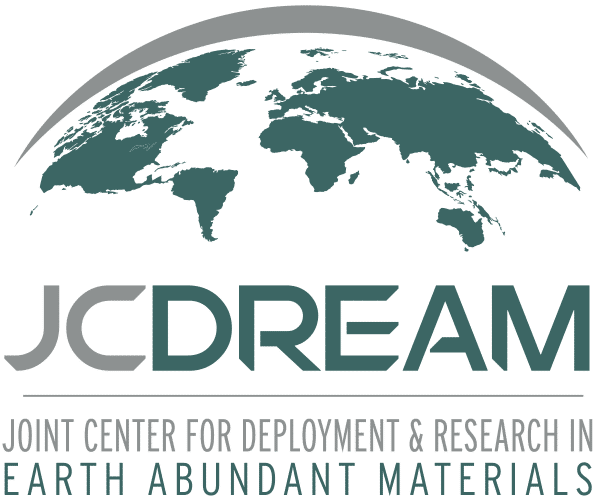COVID-19 Deepens Social Equity Challenges

Several states are beginning to lift their stay-at-home orders in hopes of reviving the economy and getting people back to work, but data shows that this may come at a heavy cost to disadvantaged populations. The CDC and WHO have issued guidance in efforts to control the virus: social distancing, hand washing, and respiratory etiquette. But how does one maintain their distance while living in a homeless shelter or wash their hands frequently while living in a car with no running water? What about the essential worker who delivers the nation’s food supply with limited access to protective equipment? How do we mitigate the risks to these populations?
Many essential workers are low-income employees who often cannot pay for unexpected medical costs – even to be tested for COVID. Everyone has heard the media emphasize the importance of testing, but low-income patients account for less than 0.32% of confirmed cases worldwide. This extremely low number indicates that most of the low-income population does not have access to testing.
Also lopsided is the proportion of low-income workers who can work from home. The luxury of sitting in the safety of our own homes while earning a full paycheck is reserved for earners in the top quartile with more than 60% able to work from home, while less than 10% of low-income workers in the US can perform their jobs remotely.
Another disproportionate effect is seen in the hospitalization rate of confirmed COVID-19 patients. In a study conducted by the CDC, 33.1% of hospitalized patients were African American while only 12.7% of the US population and 18% of the study’s population is African American. Clearly the hospitalization rate of African Americans for COVID-19 is much higher than other ethnic groups.
While the imminent threat of deadly disease raises the stakes, these social equity challenges existed before COVID-19, and they stretch far beyond the US. There are entire industries in the developing world where people are risking their safety and health for much less than the public’s access to food and healthcare. Our first-world patterns of consumption drive many in the developing world to work in dangerous conditions while leaving a trail of environmental disasters with devastating long-term health effects.
Entire communities are dedicated to sourcing the materials in our cell phones, computers, electric cars, and solar panels. The largest is Baotou in Inner Mongolia. The city of 2.5 million people is almost entirely dedicated to mining and processing rare earth materials. Processing creates waste tailings that are pumped into massive holding ponds without a proper liner, allowing the toxins to leach into the groundwater. Drinking water in the city is already suspected to be impure, and the tailings are polluting the Yellow River which is a major water source for northern China.
Child miners in the Congo spend long days digging for the cobalt that goes into the lithium batteries that power most of the first world’s must-have tech gadgets. Despite lawsuits, exposés, and direct contact with major suppliers the cobalt industry continues to employ child labor and unsafe working conditions, and major companies continue to deny any knowledge or patronage of these parts of the supply chain. These cases are not unique. Several critical materials are sourced through supply chains fraught with human rights and health issues, and they will continue to be if consumption patterns and accountability don’t change.
COVID-19 has opened our eyes to how disadvantaged populations still cannot access the necessities that would enable them to stay home and stay healthy. Our front-line and essential workers are sacrificing their safety in order to uphold the quality of life for others in this trying time. We need to consider this as we make decisions, whether it’s leaving the house or purchasing electronics. Underprivileged lives should not be endangered for our creature comforts.

